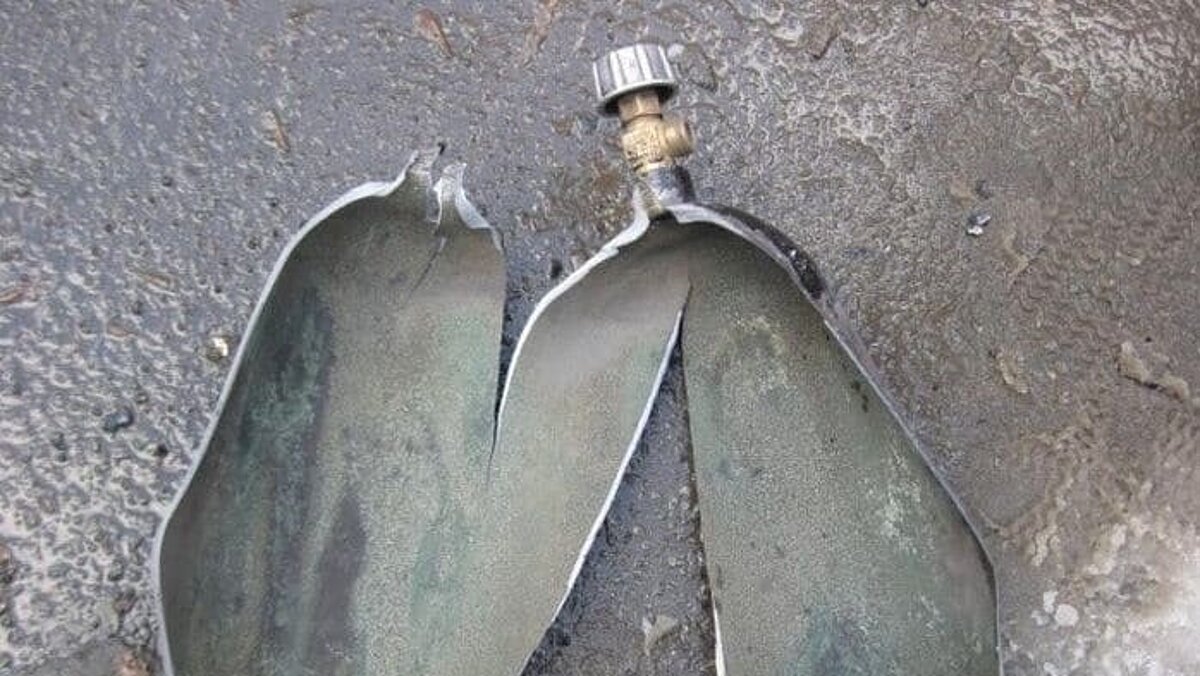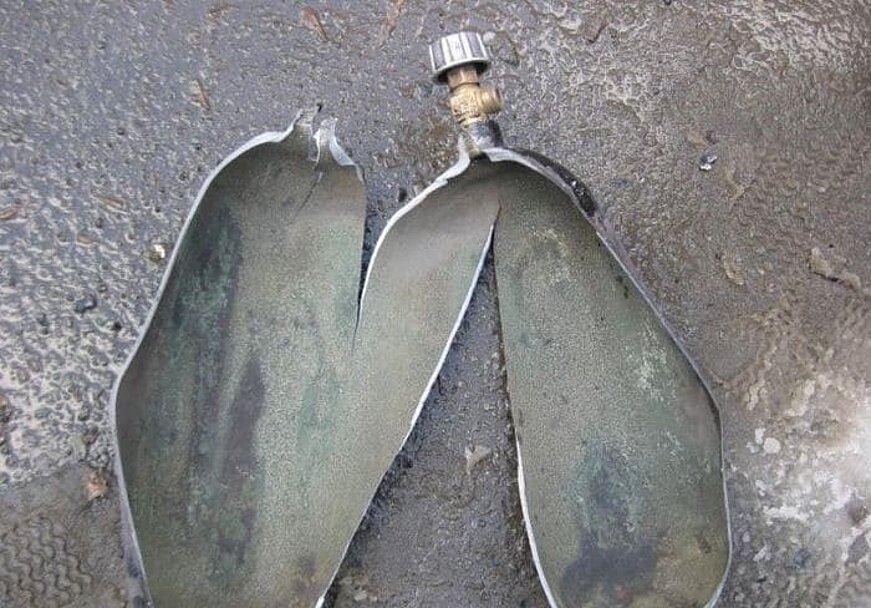Containment under high pressure: design of test chambers

As a student, I was fascinated as part of my HiWi job at the MPA Stuttgart when I was allowed to evaluate bursting tests of containers at the Bundeswehr site in Meppen. Containers with walls several centimeters thick burst and were unrecognizable. The tests were carried out with air under the strictest safety conditions. The burst pressures of the containers, which were several meters long, were around 170 bar.
This was about 35 years ago now.
Meanwhile, the requirements for the pressure resistance of containers have continued to increase. Peak pressures are already at an unimaginable 25,000 bar, albeit at very small diameters.
But hydrogen tanks for vehicles are also already being tested at up to 1,200 bar. The dimensions here are in the range of about 1 m. In drill pipes for oil and gas production, pressures in the range of up to 1,000 bar occur. The test specimens here have lengths of up to 15 m. Since much larger dimensions prevail here, such as in a high-pressure injection system, these are not quite small bombs.
To ensure that these high pressures can be safely withstood, the compressive strength or burst pressure above which a component may fail must be verified in tests. For this purpose, the test specimen is subjected to water at high pressure in a test chamber. If air were used here, failure of the test specimen would have catastrophic effects, since the stored energies would be many times higher due to the compressibility of the air, as my early experience with the container bursting tests in Meppen confirmed.
However, even water is no longer incompressible at these pressures and is compressed to a not inconsiderable degree, thereby storing large amounts of energy similar in magnitude to the stored energy in the container itself. The total energies in typical applications are in the order of magnitude of a small car at 120 km/h.
It is therefore necessary to ensure that the tests do not endanger people in the first instance. Also, there should be no damage to equipment, buildings or facilities in the vicinity of the test chamber. If this topic is approached naively, it can happen that even when testing with water, test chambers are completely destroyed or fittings weighing 100 kg can no longer be found after tests. Sometimes even sandbags are of no help here.
To design and construct test chambers in such a way that they can continue to be operated after the test object (be it a pump casing, a tank, a hose, a pipeline or a drill pipe) has burst, or that they can be rebuilt as easily as possible, is an art. Even determining the size and direction of the energy of the fragments is a challenge, without which it is almost impossible to design a meaningful test chamber.
Merkle & Partner has a department specializing in the design of test chambers and is a world leader in this field, not only in terms of simulation, but also in the dimensioning and design of various safety concepts. We can simulate the behavior of a high-pressure pump weighing 25 tons when it bursts under internal pressure of 300 bar just as we can simulate the behavior of gas tanks. Whether we use water or gas as the test medium is irrelevant to us.
The following video shows a simulation of a cylindrical tank bursting with water:
The failure of the container, the behavior of the fragments, and also the water hammer on the container walls are mapped with physical precision. Since the tests take place safely in our computer, it is also not necessary for us to go to Meppen.
We can tailor the dimensions of the test chamber and the concept, without using material senselessly. This saves costs and gives security!
My experience in recalculating test chambers built by companies without the relevant experience is that the risks tend to be underestimated here.
Please direct any inquiries on the subject of containment to the head of the structural mechanics department at Heidenheim, Dr. Maik Brehm.
I look forward to your feedback 🙂
Stefan Merkle
PS:
We are specialized in the design and verification of the pressure vessels themselves according to various standards (AD 2000, EN 13445, ASME Sect. 8 Div. 1+2, ASME Sect. 3, EN 1591, PD 5500, KTA, RCC-M).
Other topics on containment are fractures of fast rotating components. I will address this topic in a separate blog.

![[Translate to English:] Tank Explosion](/fileadmin/_processed_/1/9/csm_propane_tank_explosion_c643a8794f.jpg)